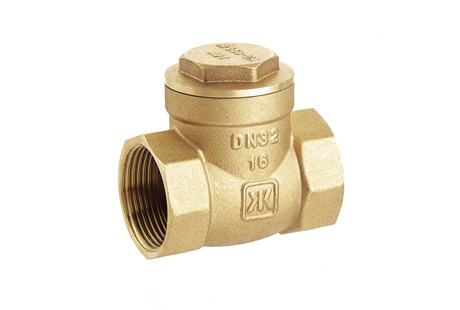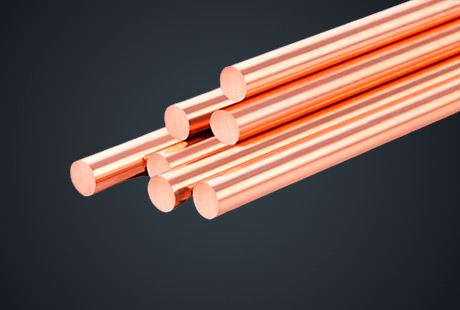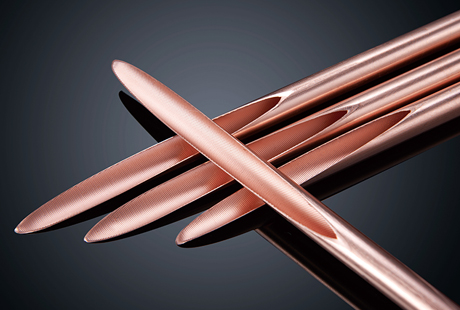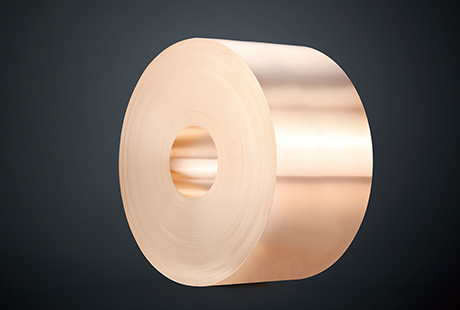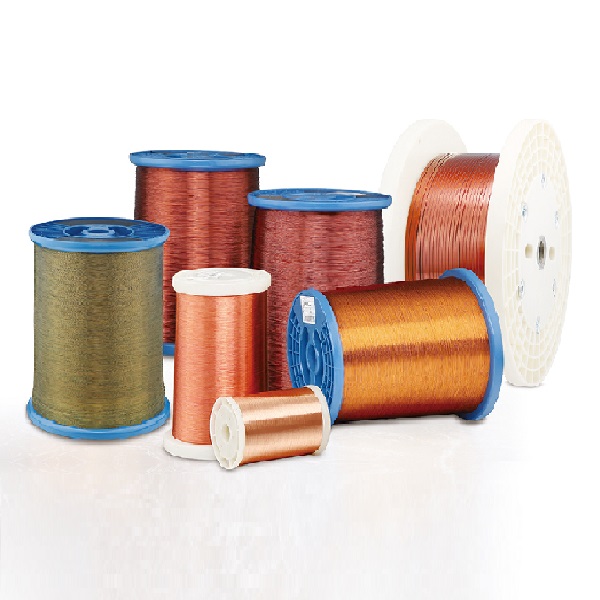In the world of electronic devices, relays play a crucial role in controlling the flow of power. These small yet powerful components are responsible for switching and controlling electrical circuits. However, behind their seemingly simple functionality lies a complex system of interconnected parts. One such component that holds great importance is the flexible copper strip. In this blog post, we will explore the role of flexible copper strips in electronic relays and how they contribute to the overall performance and reliability of these devices.
What are Flexible Copper Strips?
Before delving into their role in electronic relays, let's first understand what flexible copper strips are. Also known as copper flex connectors, flexible copper strips are narrow, elongated strips made of high-quality copper. These strips are designed to be highly adaptable and can easily bend and conform to complex shapes and angles. The flexibility of copper strips is determined by their thickness, width, and the quality of the copper used.
Conductivity and Heat Dissipation
One of the primary reasons flexible copper strips are used in electronic relays is their exceptional electrical conductivity. Copper is well-known for its excellent conductive properties, allowing it to efficiently transmit electrical signals. This quality is crucial in relays, where a reliable and uninterrupted flow of current is necessary for their optimal performance.
In addition to their high conductivity, flexible copper strips also aid in heat dissipation. Electronic devices generate heat during operation, and if not properly managed, it can lead to malfunctions and reduced lifespan. The flexibility of copper strips enables them to dissipate heat effectively, ensuring that the relay remains at a safe operating temperature.
Mechanical Durability and Connection Reliability
Aside from their electrical properties, flexible copper strips offer mechanical durability and connection reliability, making them an ideal choice for electronic relays. When housed in compact relay housings or switchgear, these strips can withstand the rigors of constant movement and vibration without compromising their integrity.
Moreover, the flexibility of copper strips allows them to establish reliable connections between different relay components. Their ability to bend and conform to intricate shapes ensures that the connection points remain secure even in challenging conditions. This stability is crucial for preventing intermittent faults and maintaining a robust and efficient relay system.
Space Efficiency and Design Freedom
The compact nature of electronic relays requires components that can fit within limited spaces without sacrificing performance. Flexible copper strip offers space efficiency due to their slim design and ability to be shaped to fit specific dimensions. This advantage allows relay manufacturers to optimize the layout and design of their devices, resulting in more space-saving solutions.
Furthermore, the design freedom offered by flexible copper strips opens up new possibilities for engineers to create innovative relay designs. The ability to bend and mold the copper strips allows for more creative and intricate circuit designs, enhancing the overall performance and reliability of the relay.
In conclusion, flexible copper strips play a vital role in the functionality, reliability, and efficiency of electronic relays. With their exceptional conductivity, heat dissipation capabilities, mechanical durability, and reliable connections, these strips elevate the performance of relays in a variety of applications. Moreover, their space efficiency and design freedom provide engineers with the opportunity to create cutting-edge relay solutions. As technology advances and demands for smaller, faster, and more efficient electronic devices continue to grow, the significance of flexible copper strips in electronic relays will only continue to rise.

 English
English 한국어
한국어 français
français Deutsch
Deutsch Español
Español italiano
italiano العربية
العربية tiếng việt
tiếng việt Türkçe
Türkçe ไทย
ไทย 中文
中文
